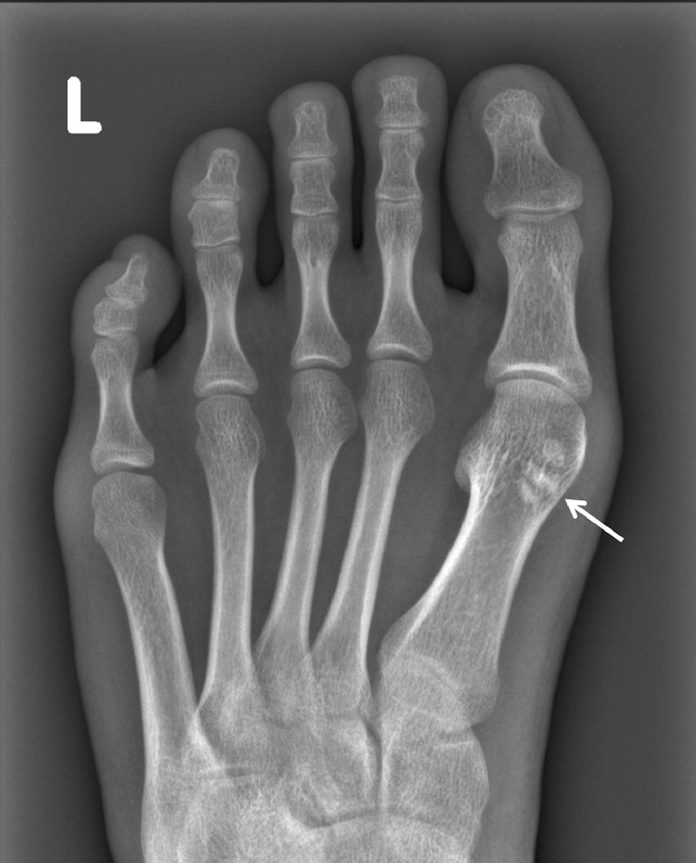Exproperti.com – If you suspect that you may have Sesamoid Bone Metatargitis, see a healthcare provider as soon as possible. A physical exam of your foot and toe can help your physician determine the exact cause of your pain. During this examination, your doctor will examine your toe for tenderness, and will also test your toe’s mobility. Your doctor may also use a test called the Passive Axial Compression (PAC), which involves manipulating the joint in a manner similar to walking and reproducing sesamoiditis symptoms.
Causes of sesamoid bone pain
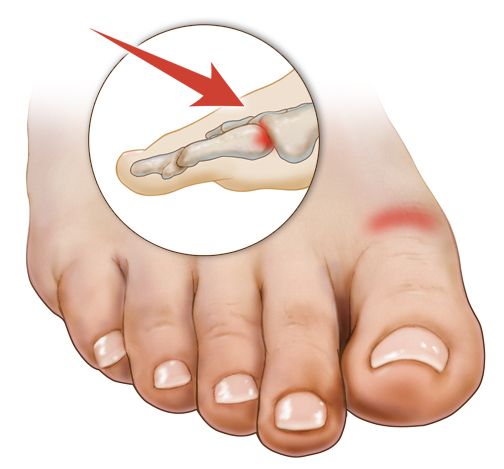
Although sesamoid bone pain is often an indicator of a more serious problem, it should not be ignored. There are a number of possible causes for sesamoid bone pain, including fracture, blood flow interruption, and other conditions. Because these structures are so small, it is easy to overlook them. However, discomfort in the sesamoid can lead to other issues with muscles, tendons, and ligaments. Even worse, structural problems in the sesamoid bone can reduce your ability to function or perform your job.
Exercise helps reduce stress on sesamoid bones

Nonsurgical treatment for sesamoid pain requires changing your exercise routine. This exercise helps reduce stress on the sesamoid bone and keeps the toe joint from stiffening. A special shoe insert can be used to distribute forces throughout the foot, allowing you to return to your previous activities gradually. Once you’ve successfully returned to your previous activity level, you can discuss the benefits and risks of your treatment with your doctor.
While comparing different sesamoid bone types, one can determine which one has a greater HVA. HVA and IMA differ in size between males and females, but this is not definitive. The HSB of a minor is not completely ossified. Therefore, a male will most likely have a higher HVA than a female. Nevertheless, the differences between male and female HVA and IMA are statistically significant.
During the healing process, the bones will heal and the cartilage will separate them
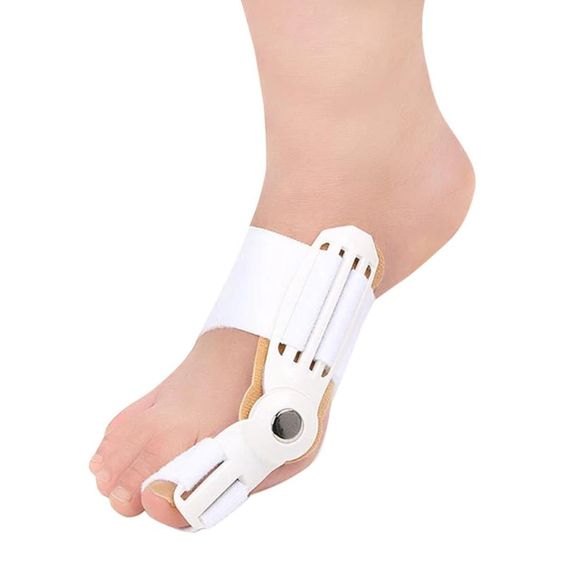
X-rays will not change the course of your sesamoid bone fracture, but can help guide treatment. During the healing process, your bones will heal and cartilage will keep them apart. You may be able to return to sports or activities soon after the surgery. A surgeon may also perform a bunion repair at the same time. In this case, you’ll need to undergo bunion surgery to correct the bunion as well.
Fractures of the sesamoid bone occur from a single traumatic event. There are two types of sesamoid fracture: nondisplaced and displaced. Displaced sesamoid bone fractures require surgical treatment, while nondisplaced ones require conservative care. Nondisplaced sesamoid fractures are treated conservatively, but may require a nonweight-bearing boot for six to eight weeks. Orthotics can help unload the sesamoid bone during this time.
Sesamoiditis is frequently associated with other conditions
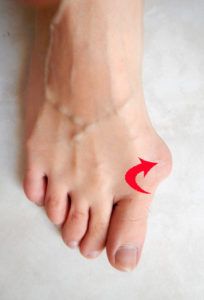
Diagnosis of sesamoiditis is usually based on the patient’s symptoms, which include swelling and inflammation. Sesamoiditis is often associated with other conditions, including bursitis, tendinosis, and tenosynovitis. However, a bone scan or CT-scan can help your physician diagnose your sesamoiditis.
Sesamoiditis affects the bones and tendons surrounding the big toe joint. It is most common in dancers and athletes, and is often caused by overworking the tendons. Treatment typically involves rest and anti-inflammatory drugs. You may also notice swelling, bruising, or difficulty moving the big toe or a “popping” sensation. These symptoms are indicative of sesamoiditis and should be addressed by a qualified medical professional.
The foot surgeon will know the symptoms and exact causes
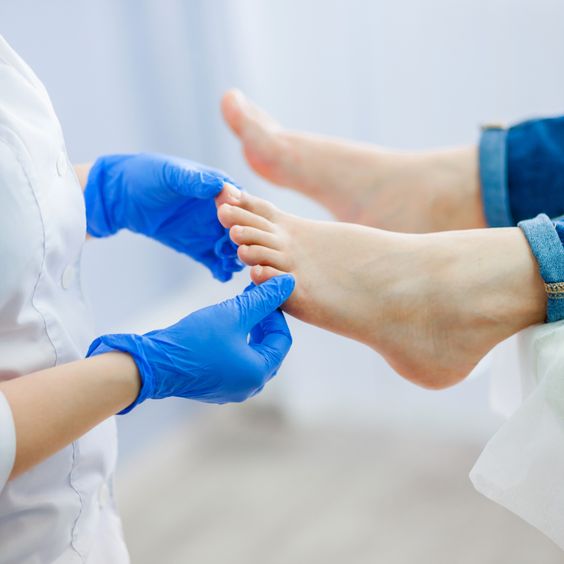
Pain in the sesamoid bone is most often caused by overuse. This condition involves chronic inflammation of the sesamoid tendons and bones. This condition is often associated with longstanding, dull pain beneath the joint of the big toe. It often occurs after intense physical activity or wearing certain types of shoes. Your foot and ankle surgeon will examine the big toe joint for symptoms. X-rays and other advanced imaging studies may be ordered to determine the exact cause.
Overuse injuries and excessive stress on the sesamoid bones can lead to severe pain in the ball of the foot. This condition is commonly caused by activities that force the tendons and bones to transfer weight to the ball of the foot. Sesamoiditis is a common condition in dancers and athletes. MRI can help you determine what may be causing your pain and how to treat it.

